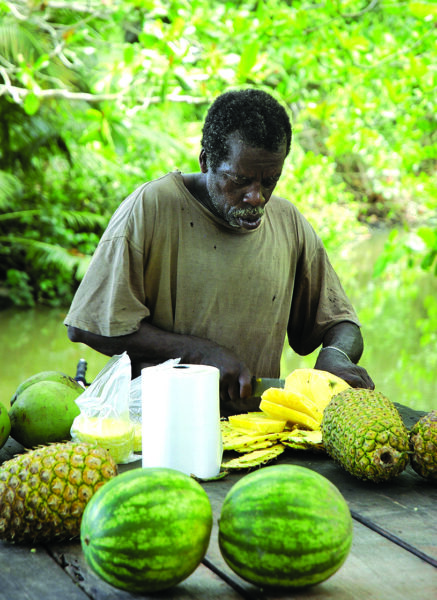
Cahuita
Cahuita is one of the destinations of the Costa Rican Caribbean where its major attractions are both cultural and natural. There you will meet its Afro-Caribbean people and also enjoy of leisure activities under the sun on the beach or experience jungle adventures in full contact with nature while sharing with the local cultures.
Cahuita has been throughout its history an important strategic enclave. For years in its calm water bays, the pirates’ galleons anchored for shelter. It was also the paradise chosen by turtle fishermen who came from Panama and the Miskito Indians that came from Nicaragua since 1750, arriving each year following the migration of sea turtles, and made the first beach camps. They named the place “Cahuita” that in Miskito means “Point where the Sangrillos grow” because of the great amount of these trees that grow there.

It was not until 1828 that the area was permanently inhabited. In that year William Smith, an Afro-Caribbean who came from Panama every year to hunt turtles, decided to settle with his family in this place. By the end of that century the settlement had grown to about 20 houses in Punta Cahuita, which is nowadays a protected area within the Cahuita National Park.
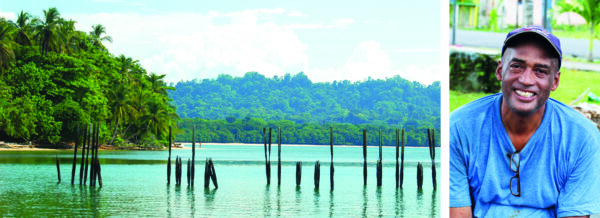
In 1915 the village was moved to its current location, this land, known as the Bluff, was purchased from William Smith by the then President of Costa Rica and donated to the villagers in gratitude for having rescued him from a sinking ship. Since then the population was devoted to a small-scale production of coconut, cacao, subsistence agriculture, hunting and fishing. A curious fact is that until the year 1976, the community had no road access.
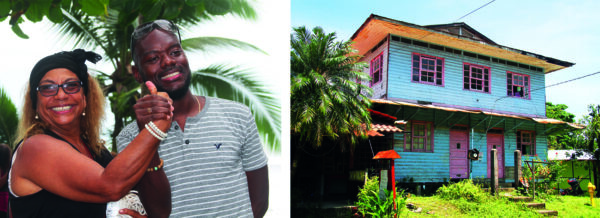
The cultural legacy of the people of Cahuita is invaluable, his Afro-Caribbean spirit makes it unique, his affable nature and his skin color inherited from his ancestors, his Rastafarian culture, “patua” language, music or architecture recalls us their passage through the Caribbean islands of the West Indies, where they acquired their British influence. We must emphasize the exquisite taste of their traditional cuisine that is based on seafood with vegetables and tropical fruits, cooked with secret recipes from Africa and the West Indies. You have to taste the delicious “rice and beans” accompanied by fish in coconut milk, curry and peanuts, or beef or chicken in Caribbean sauce. Also try their spicy pies “patis” or sweet pies ¨platintas¨, or the bon bread, and you can also attend a course of Caribbean cuisine and learn their culinary secrets.
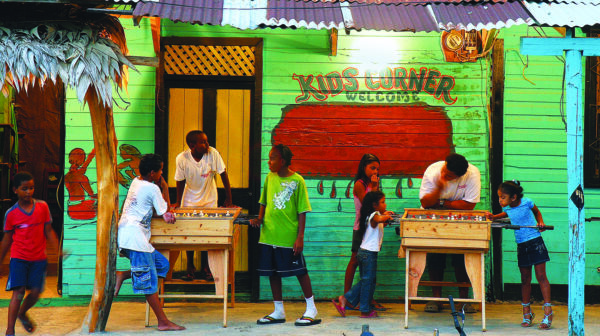
At dusk the heart of Cahuita beats with great power, locals and tourists walk down the streets, and visit shops, bars and restaurants. In the evening you can enjoy a cocktail under the influences of the moon reflected in the sea and let yourself be carried away by the Calypso rhythms played by some local band responsible for keeping alive this unique music genre. Walter “Gabit” Ferguson is its greatest representative, who for decades he has livened up the warm Caribbean nights.
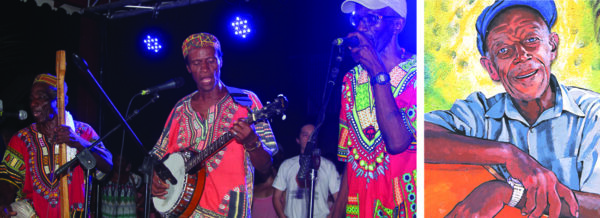
The town of Cahuita is a clear example of a population that has directed its efforts and transformed its economy towards a sustainable future, protecting and managing together with the state, their extraordinary terrestrial and aquatic ecosystems, trying to preserve it as it was when the first settlers discovered it. Nowadays, it is a major eco tourist destination that must be preserved for next generations and that represents an important source of income. Their current prosperity and the significant presence of tourism are based on the respect for nature and the preservation of their traditions and culture.

CAHUITA NATIONAL PARK
The National Park was created in May 1978 and it protects a natural area of 1067 hectares of land, 22400 marine hectares and 600 coral reef hectares. Its famous white sand beaches and its coralline waters with sky blue tonalities, have given fame to this heavenly National Park, one of the most beautiful in the country, where nature lovers can venture trekking through its 7 km. trail that runs through the beach into the jungle, passing by wetlands, rivers and idyllic beaches.
Surprise yourself with the magnificence of nature with its striking flora and fauna, accompanied by a naturalist guide who will interpret the secrets of the rainforest and with whom you will discover mammals, amphibians and tropical birds hidden in the thick forest. You will observe iguanas, monkeys, sloths, turtles, raccoons, snakes and countless exotic birds.
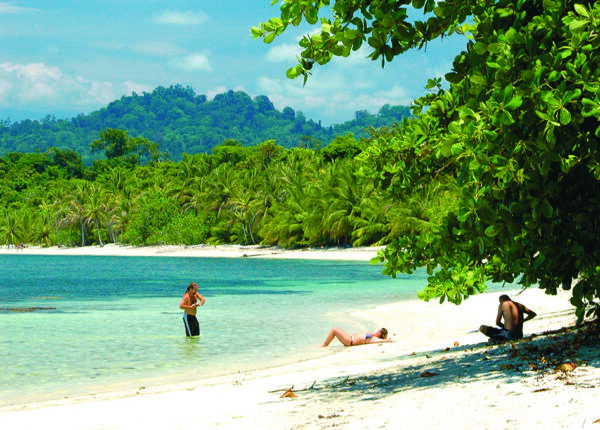
Enjoy kilometers of pristine beaches, awarded with the Ecological Blue Flag, where you can relax, tan and swim in the Caribbean Sea. There you have a chance to snorkel in one of the best preserved coral reefs of the Caribbean, full of sponges, anemones and tropical fish. For this activity you must be accompanied by a local guide who will guide you through the reef barrier showing you their fabulous underwater life.
Some points of interest within the National Park are:
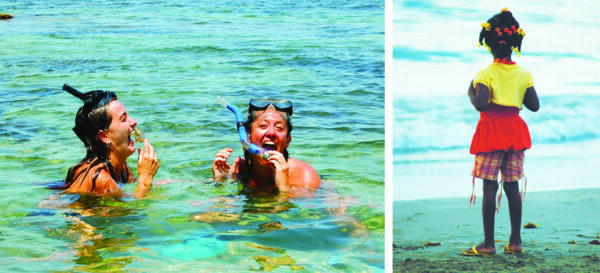
Playa Blanca
Playa Blanca welcomes us at the entrance of the National Park through the access of Cahuita´s town. It is an extensive white sand beach where the magical trail begins, parallel to the coast, and runs through the Park through the dense jungle with its mysterious sounds, such as the song of tropical birds, the howl of the howler monkeys or a symphony of frogs. It is the perfect place for practicing water sports or relaxing under the shade of an almond tree.
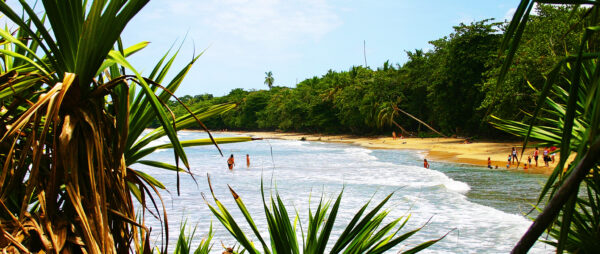
Río Suárez
Its characteristic amber colour gives the Suarez River a unique beauty. This river gives life to an important wetland in the marshy plains of Cahuita National Park and it sinuously flows into the southern end of Playa Blanca. To reach this point it is best to walk about 30 minutes from the town of Cahuita.

Punta Cahuita
It is one of the most idyllic spots on the Caribbean coast, with white sand beaches, crystal clear water natural pools formed by coral reefs and lush tropical forest that draw a dream landscape, full of wildlife. You can access Punta Cahuita, by walking through the path from the village of Cahuita or from Puerto Vargas, the other Park´s entrance. It can also be reached from town, by boat.
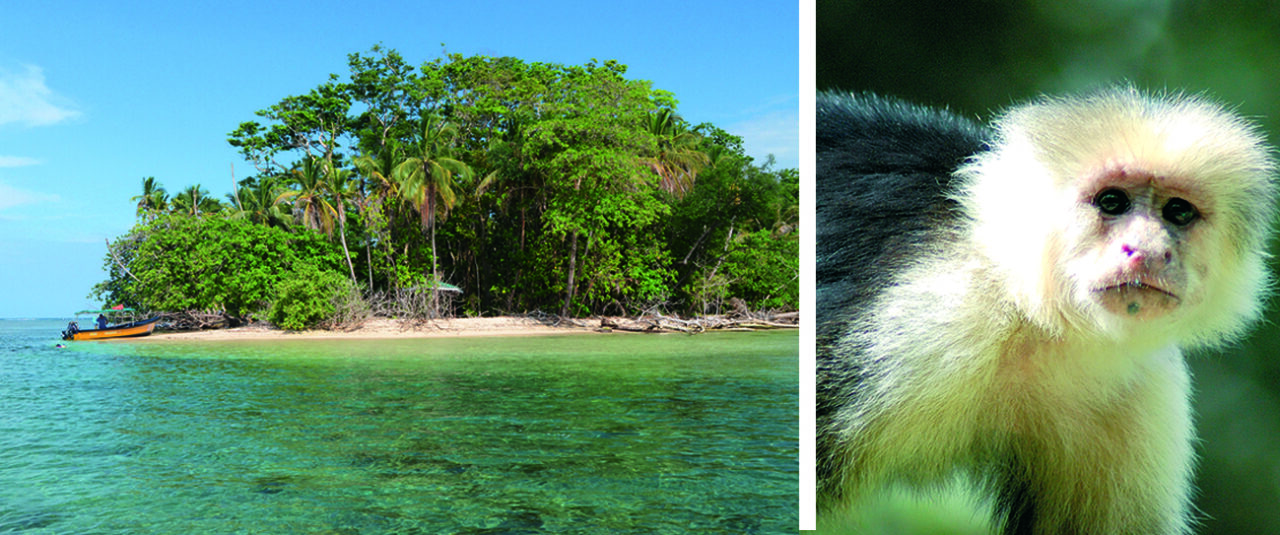
Puerto Vargas Beach
It is a heavenly paradise with fine white sands, coast covered by palm trees and turquoise sea that hides a marine bottom full of amazing corals. This beach is located in the southern sector of the National Park and you can walk along the trails that run through the park. It is a two hours walk from Cahuita´s entrance and an hour walk from Puerto Vargas’ entrance.
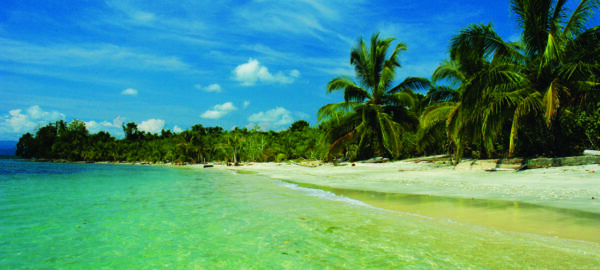
Coral Reef
Cahuita protects one of the best developed coral reefs of the Caribbean coast and one of the most important and beautiful of Costa Rica. It extends in front of Punta Cahuita, between the Perezoso River and Puerto Vargas. It has an extraordinary marine biodiversity, composed of 35 coral species such as elkhorn and cerebriform, 128 species of algae, 140 species of molluscs, 44 crustaceans, and 123 species of fish of different colours and sizes. The most striking ones are the queen angelfish, the isabelita and blue parrotfish. You also find barracudas, blue remoras, stingrays, lobsters, eels, sea urchins and sponges that serve as food for the hawksbill turtle, and 3 species of sharks such as the white fin shark.
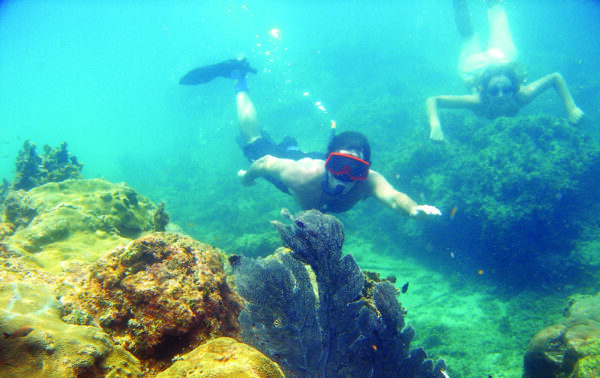
The best diving or snorkeling atolls are the Coral Perezoso, in front of Perezoso River and the Coral Eduardo in Puerto Vargas’ sector. If you want to access Cahuita´s Park reef, it is only possible by boat from town, accompanied by a guide. It is a trip in which you will dive in different parts of the reef, ending it with a visit to the beach of Punta Cahuita where you will have time to rest and cool off with water and fruits offered by your guide. At this point hikers can walk back to town through the trail.
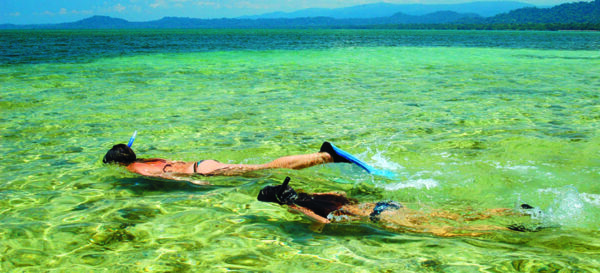

Fotografías de Paco Salmerón
Texto de Juan Carlos Lorite y Paco Salmerón